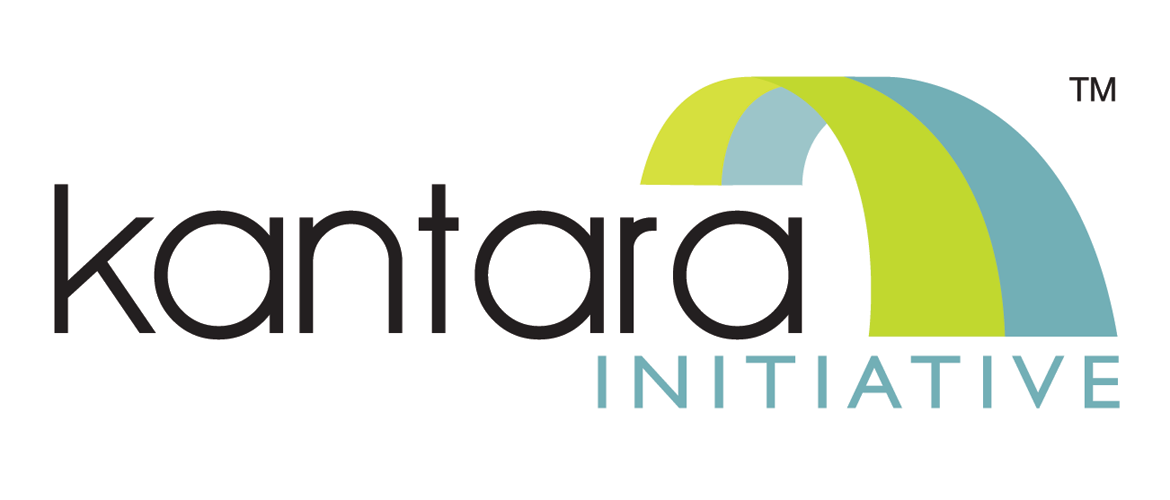Our 2023 #DEIA survey is now open! Click here to participate!
As you may know, I’ve recently set up the Privacy and Public Policy Work Group (P3WG) for the Kantara Initiative, and as we start mapping out the areas in which the Group wants to exercise an influence, one topic has generated more discussion than anything else on the mailing list. It goes by the rather uninformative name of “LOA”, or Level of Assurance. Even if you’ve never heard of LOAs, they have played a major part in your life online and off.
I’ve blogged before about what I call the “Chain of Trust” – namely, the sequence of events all of which need to be working if a credential is to work properly when you present it. In other words, for instance, if you apply for a passport in the name of Michael Mouse and the passport office doesn’t bother to check whether there’s any evidence that that is your name, the resulting passport won’t be that reliable as an indicator of your identity (even though people may assume that it is). Similarly, driving licences would not be much use as an indicator of which vehicles you’re entiteld to drive, if it was possible for you to alter what the licence says… and if you tell someone the PIN of your ATM card, it is no longer effective as a way to ensure that only you can take money out of your account (in fact, the bank is likely to take it as de facto evidence that you must have been responsible for the transaction, even if it wasn’t you who actually used the card and PIN…).
These are just three examples of the many ways in which the Chain of Trust can fail, at the Registration/Verification phase, over the life of the credential, and at the authentication step, respectively. There are many other points at which the Chain can be compromised and the reliability of the credential (or the assertions made using it) undermined.
LOA is about protecting the first of these – the point at which someone decides whether or not to issue a credential which represents you in some way. In other words, if you can present a relying party with not just a credential, but a ‘score’ which indicates how reliably that credential was issued to you, can judge whether it’s more likely that you are actually Michael Mouse, or that whoever gave you a passport saying so was not doing their job very well.
That, in turn, will give them useful information about what decisions to make next, particularly if they decide that the answer to your authentication question is “yes”.
The UK and US governments both have relatively simple 4-level LOA models (though, inconveniently, one runs from 0-3 and the other from 1-4…). Omitting the ‘index value’ for a moment, the four levels look remarkably similar. In fact, if I adopt a slightly different scale, just to paper over that difference, we might get something like this:
Rare
UK: no authentication of identity
US: little or no confidence in the asserted identity
Medium rare
UK: basic authentication
US: some confidence in the asserted identity
Medium
UK: greater level of assurance (e.g. credentials based on proof of identity to a third party)
US: high confidence in the asserted identity
Well done
UK: identification beyond reasonable doubt
US: very high confidence in the asserted identity
So far so good. However, when it comes to putting this simple model into practice, and because we’re talking about assurance here (and therefore judgement), a couple of different approaches emerge.
One is to give a technical specification of the kinds of authentication technology which should or must correspond to an implementation claiming to be at a given LOA level.
Another is to relate the LOA levels to levels of risk, and allow the implementer to work out how they think that risk is best mitigated.
You might think that a third, better solution would be to combine the two… define organisational risks in a way which allows them to be assessed against the four-level model, and then have a technical specification list which says: “if you face this level of risk and you want this level of assurance, you need technology such as ‘x’, implemented with the following governance measures.
Actually, I have a better idea… if you have opinions on this question (better still, if you have a good answer), come and sign up to the Kantara P3WG and join the discussion. We’d love to hear from you.

